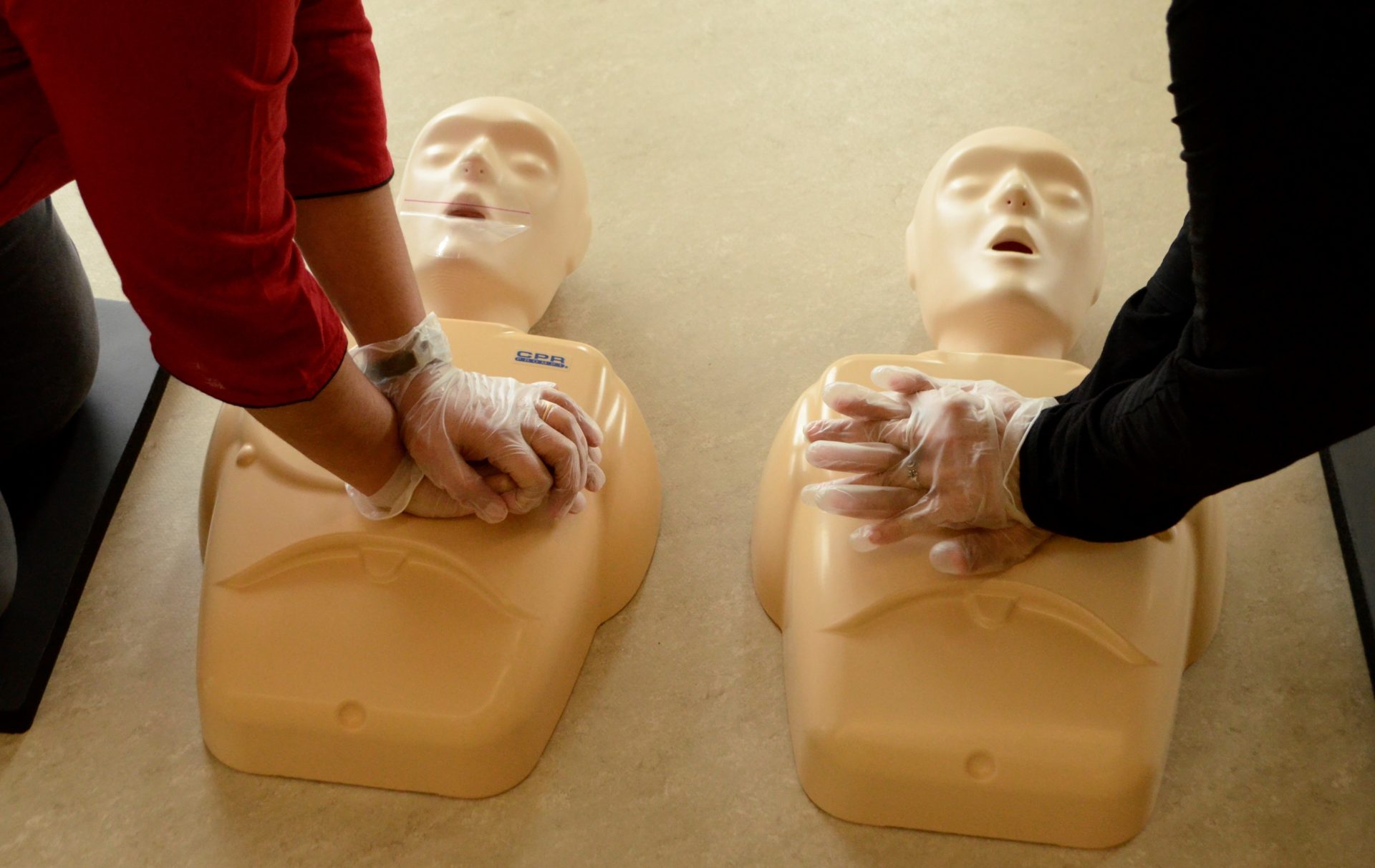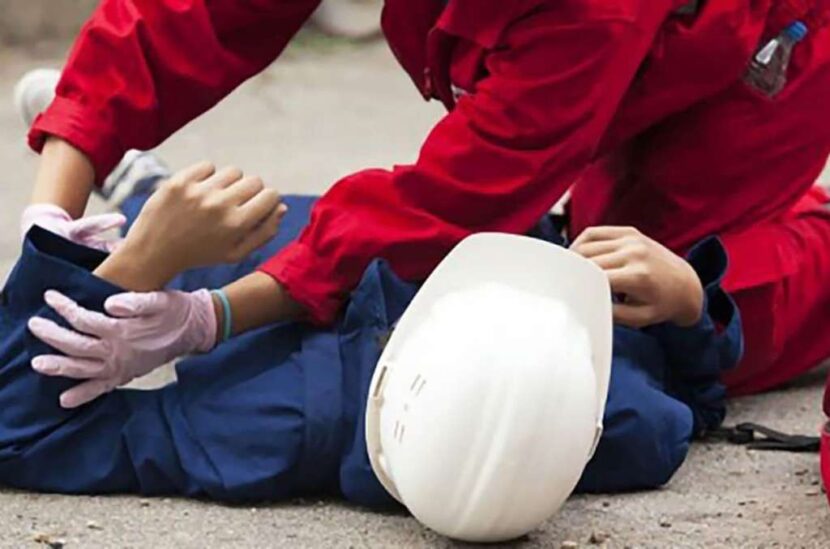First Aid and CPR
First Aid is the immediate care given to a person who has been injured or suddenly taken ill. The primary aim of first aid is to prevent further injury or illness, minimize pain and discomfort, and preserve life. Knowing first aid is crucial in emergency situations, as it can mean the difference between life and death.
There are several important steps to follow when administering first aid. Firstly, it is important to assess the situation and ensure that it is safe to approach the injured or ill person. Once it has been established that it is safe to do so, the next step is to check the person's airway, breathing, and circulation. This is known as the ABC assessment, and it is a crucial part of first aid.
CPR, or cardiopulmonary resuscitation, is a life-saving technique that is used when a person's heart has stopped beating. The aim of CPR is to restore the heart's normal rhythm and breathing. CPR involves chest compressions and rescue breaths, and it must be administered as soon as possible to maximize the chances of survival.
How to Administer First Aid
Administering first aid can seem daunting, but it is actually quite simple once you know what to do. The first step is to assess the situation and ensure that it is safe to approach the injured or ill person. Once you have established that it is safe to do so, the next step is to check the person's airway, breathing, and circulation. This is known as the ABC assessment, and it is a crucial part of first aid.
After carrying out the ABC assessment, it is important to call for emergency medical assistance if necessary. If the person is unconscious, not breathing, or not responding, you should call for an ambulance immediately.
Bandaging is another important aspect of first aid. Bandages can be used to control bleeding, support injured limbs, and protect wounds from infection. When bandaging an injury, it is important to use the correct technique to ensure that the bandage is secure but not too tight.
How to Perform CPR
Performing CPR can be a life-saving technique, but it is important to know what to do in order to perform it correctly. The first step is to check the person's airway, breathing, and circulation. If the person is not breathing and has no pulse, CPR should be administered immediately.
To perform CPR, place the person on their back on a firm surface. Kneel next to the person's chest and place the heel of one hand in the center of their chest. Place the other hand on top of the first hand, and interlock your fingers. Press down on the person's chest about 5-6cm deep, and perform 30 chest compressions. After 30 compressions, give the person two rescue breaths.
Continue performing CPR until the person starts breathing or emergency medical assistance arrives.


